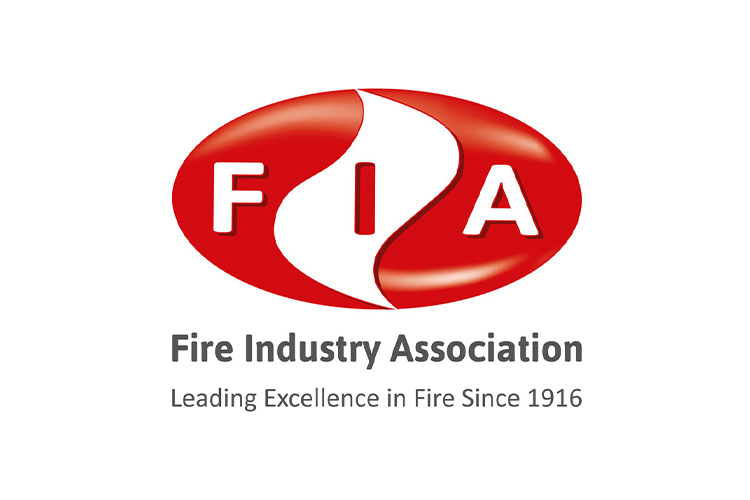- Clear Guidance: BS 5839-6 provides clear instructions on how wireless systems should be set up and maintained.
- System Reliability: The standard ensures that the alarm system is reliable and works when it matters most.
- Regular Testing: Regular checks are necessary to ensure the system continues to perform over time.
- Simple Setup: This standard removes the guesswork for many building owners by offering practical advice on installing and maintaining these systems.
Adhering to BS 5839-6 isn’t just about following the law—it’s about keeping people safe and reducing risks in your building.
International Standards and Certifications
While UK standards are essential, We also get questions about international marks like UL and CE. These certifications are widely recognised and show that the product has met strict safety and performance criteria.
Here’s a quick breakdown:
- UL Certification: This mark indicates that the product has been tested and meets US-based safety standards. Although it’s American, many UK professionals value the added layer of proof it offers.
- CE Marking: In Europe, the CE mark tells you that a product meets EU safety, health, and environmental protection standards. It’s a sign of quality and safety.
These certifications matter because they give you, the user, extra confidence that the wireless fire alarm system you install has been put through its paces, both locally and internationally.
Compliance with Health and Safety Laws
Safety at work isn’t just about having alarms but also meeting health and safety laws. We always inform clients that they must comply with health and safety rules regarding wireless fire alarms.
Here’s a short list of points that cover this area:
- Risk Assessments: Conduct regular risk checks to ensure the alarm system works as intended.
- Clear Instructions: Provide simple and clear instructions for everyone on what to do in case of an alarm.
- Staff Training: Regular training sessions for staff help everyone know how to react quickly if the alarm goes off.
- Documentation: Keep records of maintenance and checks. This is not just good practice but also a legal requirement.
Following these steps helps you meet the law and ensure that you do everything to protect people on your premises.
Fire Safety Regulations for Temporary Installations
Temporary setups—like pop-up shops, exhibitions, or events—have their own set of rules. We often work with event organisers who worry about meeting fire safety rules in spaces that aren’t permanent.
Here’s what you should keep in mind:
- Short-Term Risk Assessments: A proper risk check is essential for temporary installations.
- Portable Systems: Choose wireless fire alarms that are designed for temporary use. These systems are quick to install and remove.
- Clear Evacuation Routes: Have your fire warden or designated person carry out regular checks to ensure evacuation routes are clear of obstacles.
- Local Authority Advice: Sometimes, it pays to check in with local fire authorities. They can offer guidance specific to the area and the nature of the event.
Temporary installations are no less important than permanent ones in terms of safety, and ensuring these rules are followed can save lives.
Key Takeaways
We want you to walk away from this with a few simple points in mind:
- Stick to BS 5839-6: This UK standard is the backbone of fire safety in non-domestic buildings.
- Check for International Marks: UL and CE marks prove your system is safe.
- Follow Health and Safety Laws: Regular checks, clear instructions, and staff training are non-negotiable.
- Don’t Forget Temporary Installations: Whether it’s a pop-up shop or an event, your fire alarm setup must meet the required standards.
Each point ensures that your wireless fire alarms are effective and legally compliant.
If you have any doubts or need help figuring out your fire alarm system, We are here to help. Remember, staying updated with Wireless Fire Alarm regulations is not just about meeting legal standards—it’s about keeping everyone safe and sound.

